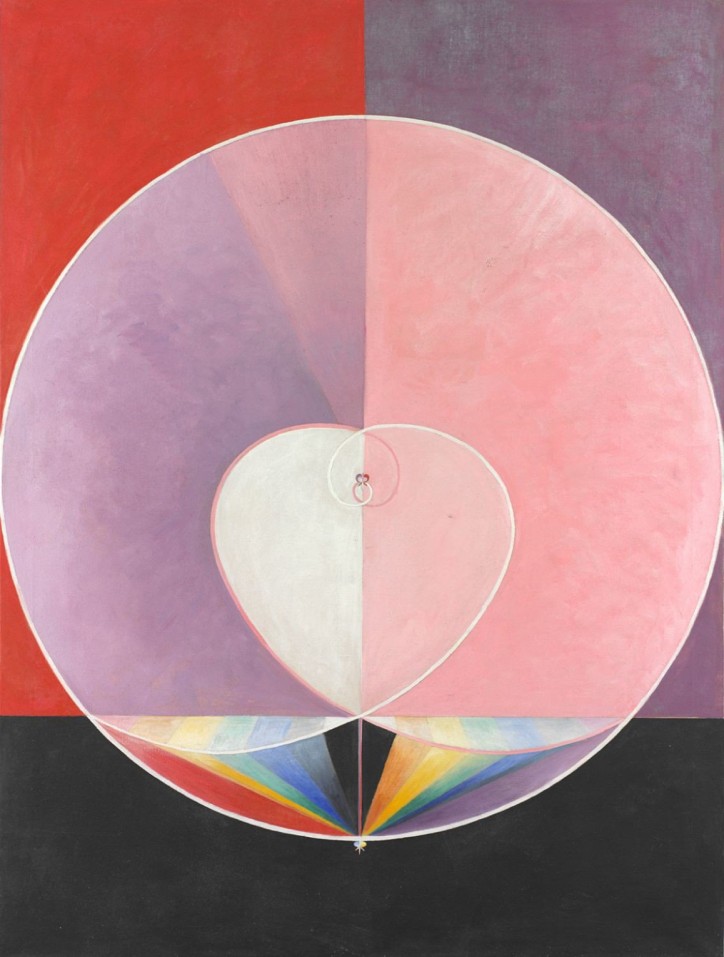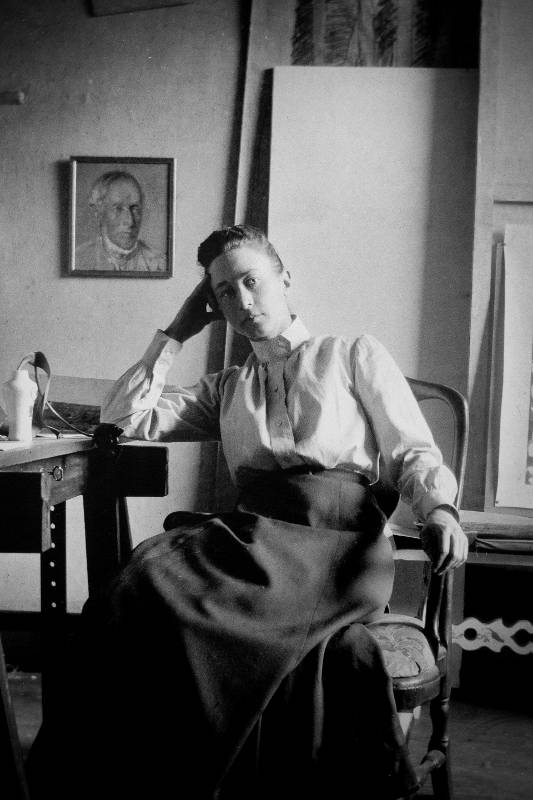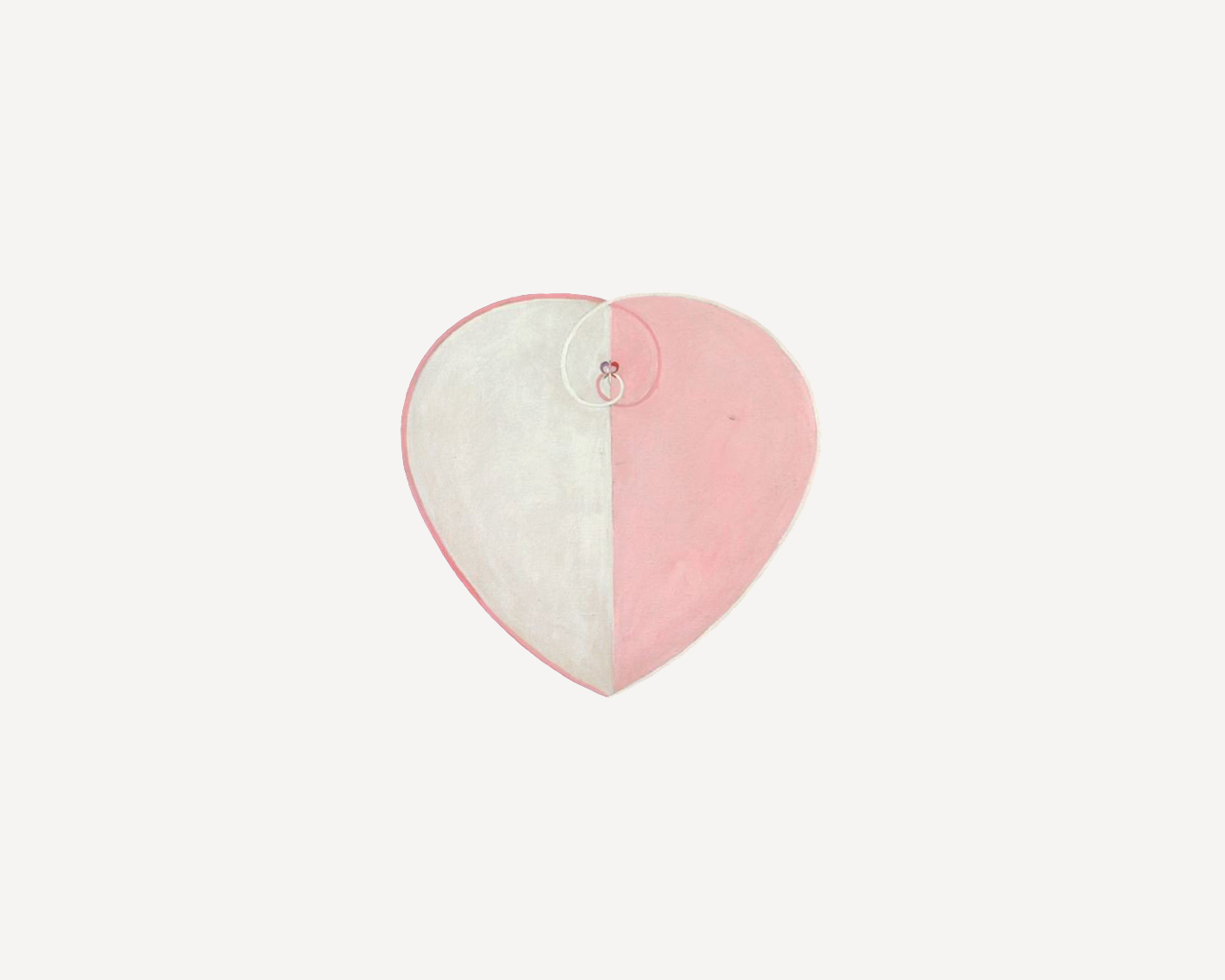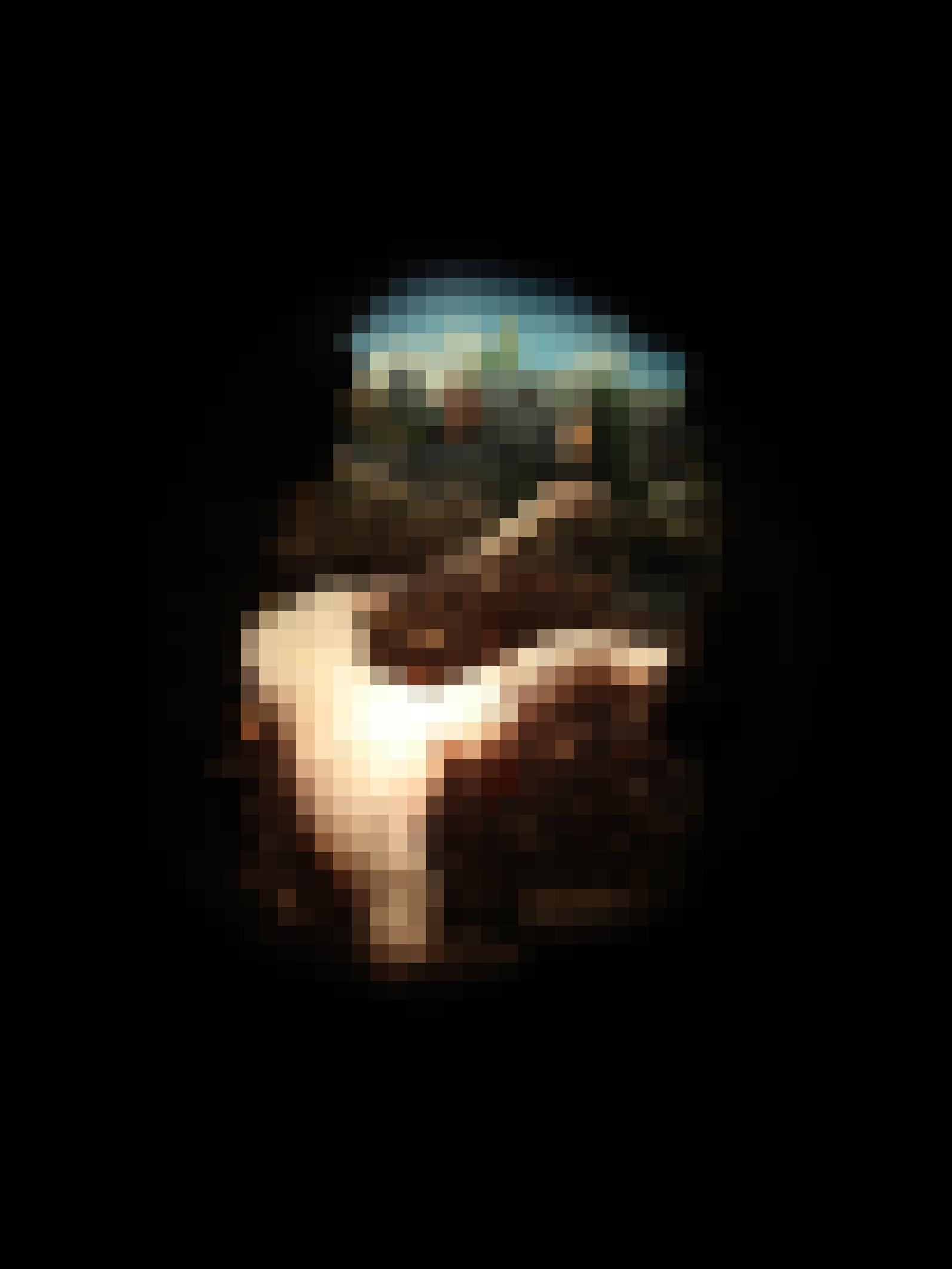
Here is the first piece in our new series “A Puzzling Artwork”. Look at the image and try to guess what work of art inspired us. You will find the answer in the text below.

Our first puzzle is dedicated to the work of the Swedish painter and precursor of abstract art, Hilma af Klint.
The popular history of modern art, especially of its modernist period at the turn of the 19th and 20th centuries, usually lists Wassily Kandinsky, Kasimir Malevich and Piet Mondrian as pioneers of abstract art. The first abstract piece – Kandinsky’s watercolour – is dated 1910, and the beginnings of Malevich’s Suprematist works fall between the years 1913–1915. Mondrian’s abstract works were created even later.
The beginnings of Hilma af Klint’s abstract art are in 1906, so she deserves the title of the first artist who achieved the breakthrough, discovering a new artistic language and a completely new form of visual expression, not seen since the ancient times.
Perhaps the reason for Hilma’s output not being widely known is the fact that it remained hidden from the public. Such was the last wish of the artist.
All Hilma af Klint’s abstract paintings, as well as thousands of her drawings, were inherited by her nephew, Erik, vice-admiral of the Royal Swedish Navy. In her will, she specified that her work should be kept secret for at least 20 years. Af Klint died in 1944 and her depository was finally opened in the late 1960s. Only a small group of people knew what the boxes contained.
In 1970, the artist’s heirs decided to gift her paintings to the Modern Museet in Stockholm. Thanks to this, Hilma af Klint’s art could be seen by international audiences. Over 10 years later, in 1986, her works were presented for the first time in Los Angeles by Maurice Tuchman at an exhibition called The Spiritual in Art: Abstract Painting 1890–1985.
Why did the Swedish artist’s paintings have to wait so many years to be shown to a wide audience?
Towards the end of her life, Hilma af Klint decided that the world was not ready to confront the message imbued in her works, and had to first learn to understand them. The message was derived from her theosophical inspiration. It was also the result of the mystic practices that the artist was involved in. The most evident example of this involvement was the fact that she was a member of the hermetic The Five, a group of five female artists exploring the spiritual nature of the world and creating a spiritual scheme of healing for humankind, for example with the use of spiritist séances. They combined creative work with automatic drawing and painting techniques.
The period of Hilma af Klint’s spiritist practices resulted in a long series of paintings called “Temple”. Many of those pieces show sigils, or hidden symbols that were supposed to influence the viewer’s psyche. They mainly contained metaphors of balance, dualism and subtle connections which – according to the artist – rule the material and spiritual world.
We strongly believe that more widespread access to Af Klint’s paintings will give them a more prominent place in mass awareness and will undoubtedly lead to a fuller understanding of the artist’s message.


Translated from the Polish by Anna Błasiak








